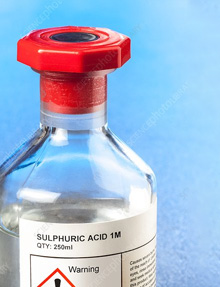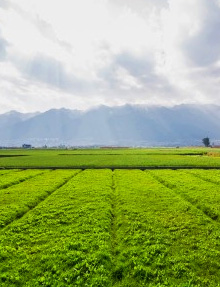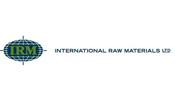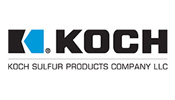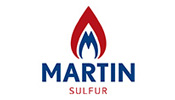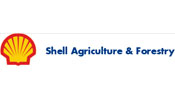Industry News
- Kazakhstan to construct new copper smelting plant in eastern Abay region
-
(Yieh) - Kazakhstan's eastern Abay region will see the construction of a new copper smelting plant with a capacity of 300,000 tons per year, as announced by the government. KAZ Minerals Smelting LLP has signed an agreement with China Nonferrous Metal Industry's Foreign Engineering and Construction Co., Ltd. (NFC) for the plant's construction. NFC Kazakhstan LLP will handle the construction and commissioning.
- Read More
- Unlock the treasure trove – Why Ag-data is your greatest asset
-
(Future Farming) - In the heart of every farm lies a treasure trove of data waiting to be unlocked, a direct result of the increasing prevalence of sensor technology. Farmers must become more aware of the value of the data they collect throughout their operations.
- Read More
- Nevada lithium industry could help U.S. EV transformation
-
(Gov Tech) - Lithium is a mineral that is used to make electric vehicle batteries, and right now, the only functional lithium mine in the entire country is located in rural Esmeralda County, Nev.
- Read More
Member News
- Koch changes company name to reflect its diversification
-
(Bloomberg) -- Koch Industries Inc., the second-largest closely held firm in the US, is changing its name after nearly six decades, along with its corporate structure.
- Read More
- Exxon aims to become a top lithium producer for electric vehicles with Arkansas drill operation
-
(MSN) - Exxon Mobil aims to become a leading producer of lithium for electric vehicle batteries through a drilling operation the oil giant is launching in Arkansas, the company announced Monday.
- Read More
- Tessenderlo Kerley, Inc. celebrates groundbreaking in Ohio for fertilizer facility
-
Tessenderlo Kerley, Inc. held a celebratory groundbreaking to mark the commencement of construction on a new liquid fertilizer facility in Defiance, Ohio. The new 50,000-square-foot production facility will occupy 50 acres and is set to become operational in 2024. The facility will service the Eastern Great Lakes Region through its distribution partners and will include terminal loadouts for rail cars and tanker trucks.
- Read More
What We Are Reading
Agronomist Corner – July 23, 2024
The 2024 growing season is again providing many yield-limiting weather events.
The Role of Sulfur in Meeting 4R Nutrient Stewardship Goals
This article reviews basic sulfur nutrition, recent trends affecting the need for fertilizers, and the contribution of sulfur to improving productivity sustainably.
Sulfur Application Could Increase Soybean Yield By 11 Bushels
Sulfur plays many important roles within soybeans. Sulfur promotes rapid root growth, increasing the ability of the plant to take up more nutrients and water throughout the growing season.
We’ll Lose the Earth Without Regenerative Practices
No-Till Innovator Ray Archuleta explains why nature must be cared for in order to heal cropland & the world.


